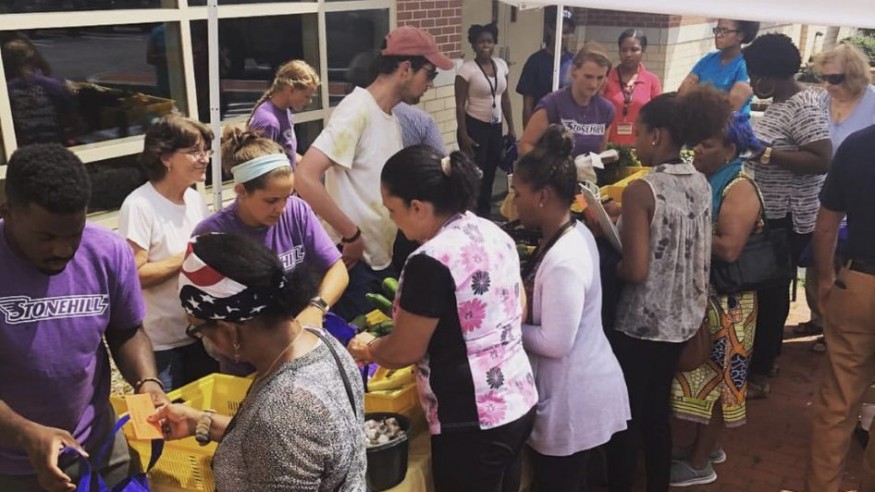A few weeks ago we had our flash mob. It was a disgusting day but our flashmob was very fun. At first, I felt silly wearing green overalls in the middle of the city and banging two pieces of bamboo together. But once we got comfortable with making noises and all it wasn’t silly at all.
In fact, the “crazier” we looked and sounded the more attention we got. Many locals stopped and asked what we were there for. I noticed that every person that walked by gladly took a flyer and read it as the walked away. I thought this was interesting because back at home in the states, if someone is trying to give you a flyer you don’t even look at them. When we were by the university of foreigners, I noticed one person who did just that. They walked right past us and did not acknowledge us. Then as they walked a few steps ahead they turned around and it was an American umbra student. Once they saw we were also from umbra they turned around and talked.
I think that is interesting because it shows that the Perugia community is very invested. We took a break and went into a bar and many people there asked why we were dressed like farmers in a bar and they were so interested in what we had to say. I really liked that because every person we talked to was so different than the last, tattoos, young, old, put-together, you name it. Everyone was so, almost, proud of us.
It was nice to get out and interact with the community. My favorite part of the flashmob was the olive tree in the wheel barrow with all of our handmade wind chimes. I liked it because it is like a preview of what the park is soon to look like. It was important that we used an olive tree because it represents peace and friendship.
Jane Jacobs says “ordinary people are capable of doing wonderful things”. I think that this quote perfectly explains our flashmob. We were just ordinary students but every ounce of hard work that we put into the community brings us that much closer to make a wonderful big impact.


































